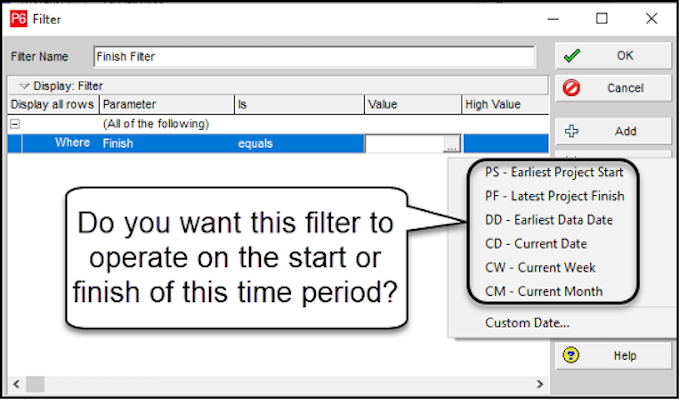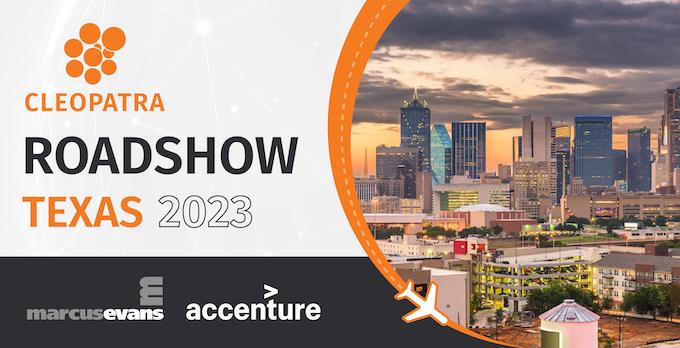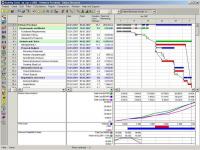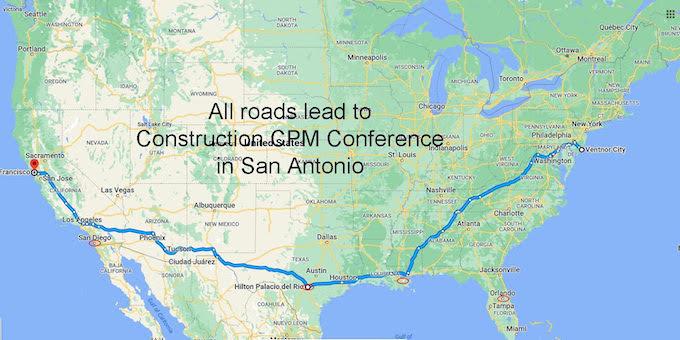28 Jul 2023 Project Controls News

| ||||||||||||
CONTRUENT MEGAPROJECT SERIES: USA | ||||||||||||
| ||||||||||||
THE ORIGIN OF PERMIT-TO-WORK (PTW) SYSTEMS | ||||||||||||
| ||||||||||||
THE BASIC PRINCIPLES OF EARNED VALUE MANAGEMENT (EVM) | ||||||||||||
| ||||||||||||
ORACLE PRIMAVERA P6 VERSION 22 FINISH DATE FILTER DEFINITION UPDATE | ||||||||||||
| ||||||||||||
SCHEDULE PERFORMANCE INDEX (SPI) AND COST PERFORMANCE INDEX (CPI) | ||||||||||||
| ||||||||||||
CHATGPT TACKLES DOCUMENTATION IN THE CONSTRUCTION INDUSTRY | ||||||||||||
Newsletter on AI in design and construction now available WPL Publishing Company announces the launch of Construction AI, a website service aimed to help the A/E/C industry understand and utilize AI tools like ChatGPT to aid with day-to-day document challenges. The site, ConstructionIndustyAI.com, and its attendant biweekly newsletter, AI Construction News, has engaged international experts in the field of safety, architecture, engineering and construction to report and instruct on how the A/E/C community can immediately put AI tools to use to improve personal productivity, as well as better project outcomes. WPL’s president Paul Levin, PSP Emeritus, a retired construction schedule engineer, publisher of the award-winning Construction Claims Advisor newsletter and author of numerous books, articles and expert reports over the years, is behind the effort. “For years,” notes Levin, “I gave AI only passing thought as marketing-hype to sell software applications. Once I got involved – my very first question asked for birthday ideas for a 2-year-old – it became quickly apparent that there is a myriad of uses in project management and other aspects.” After much further study, Levin concluded that this is something others should know about, hence the start of Construction AI. To accomplish this, WPL sought out and engaged international experts in the field of safety, architecture, engineering and construction who have become experienced with ChatGPT/AI to report and instruct on its use - both to improve personal productivity as well as better project outcomes. In addition to the site and newsletter, WPL also announces the release of The Guide to ChatGPT for Design and Construction. This 75-page exclusive Guide is designed to help both beginner and experienced users alike understand and deploy ChatGPT. With more than 24-use case examples, all levels of employees that engage in the design, development and execution of construction projects will not only discover uses for ChatGPT but understand how to use it effectively. As part of the website launch, WPL is offering a $100 charter discount to those that subscribe by July 31, which includes a free copy of the ChatGPT Guide. Visit ConstructionIndustryAI to subscribe. Portions of this press release were written with ChatGPT! About WPL Publishing Company, Inc. WPL publishes newsletters and provides online training for the architect/engineering and construction industries focusing on esoteric topics including construction claims, scheduling and dispute resolution since 2003. | ||||||||||||
SCHEDULE A MEETING WITH CLEOPATRA EXPERTS IN TEXAS! | ||||||||||||
| ||||||||||||
ALTERNATIVE TO PRIMAVERA AND ASTA? | ||||||||||||
| WOULD YOU LIKE TO ADVERTISE ON PLANNING PLANET? | ||||||||||||
| We want to give more of our members the opportunity to advertise on our site. Click here to get started! | ||||||||||||
CONSTRUCTION CPM CONFERENCE 2024 | ||||||||||||
| ||||||||||||
THANK YOU FOR READING OUR MESSAGES | ||||||||||||
If you'd like to help the small but enthusiastic team of people helping with this newsletter please do get in touch with us via PPadmin@planningplanet.com We know we have a long way to go to make this informative and an anticipated bi-weekly "read" so do get in touch and get involved.
Regards... The Planning Planet Team
To unsubscribe please email ppadmin@planningplanet.com please ignore the unsubscribe link below










